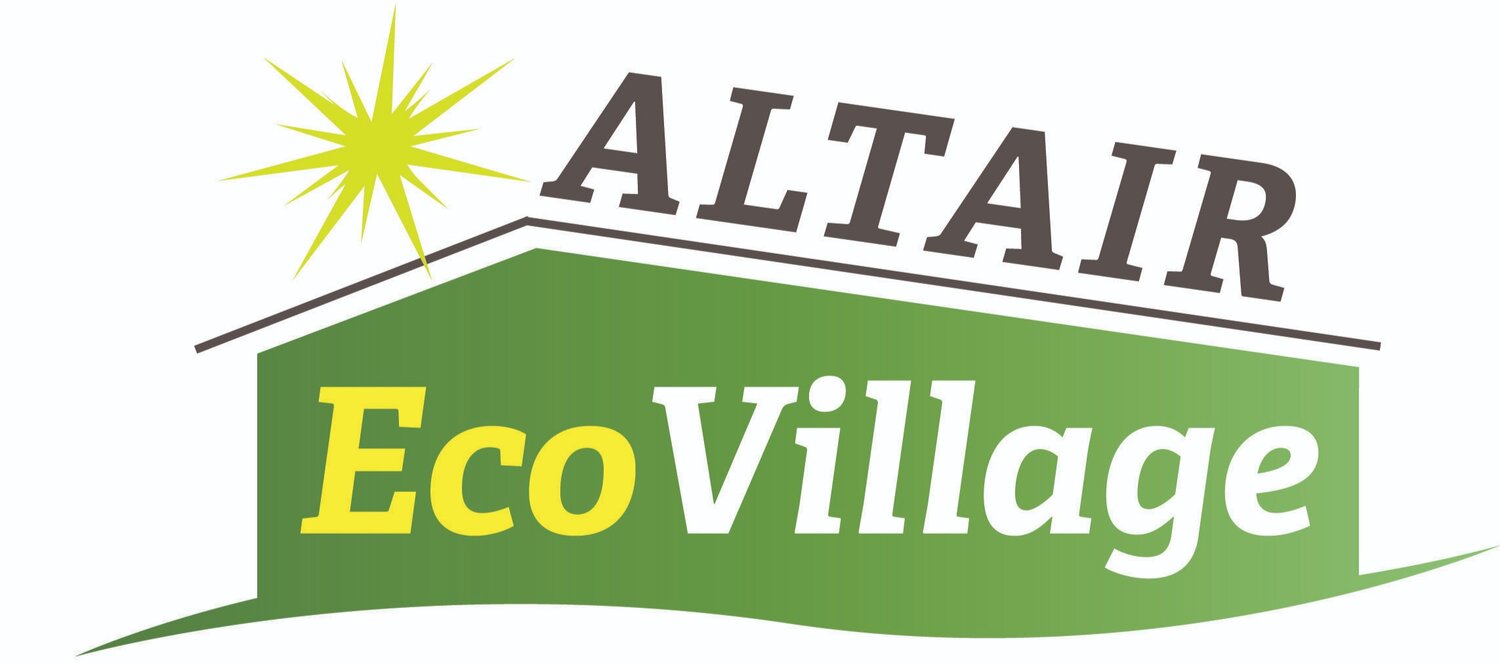Regarding the concept of “Senior Cohousing”
/We mentioned in our last blog post that American architects Kathryn McCamant and Charles Durrett introduced the term ‘cohousing’ with the 1988 publication of their book relating what they saw when they visited Denmark. In Chuck’s follow-up book, The Senior Cohousing Handbook: A Community Approach to Independent Living, he writes:
“Aging in place is not just for elders – it is for responsible people who want to ensure their quality of life and live it out with dignity.” (All quotes from The Senior Cohousing Handbook.)
“Not all aspects of housing can be measured by cost, rates of return, and other real estate terms. More important is what it does for the emotional well-being and quality of life of the residents.”
“Senior cohousing makes sense for a variety of economic reasons. Residents purchase smaller, custom-tailored, low energy-use, well-designed houses. The unit size alone means a low relative cost, both to build and also to furnish and maintain. Seniors typically pare down their possessions to join the community and may welcome the task knowing they will be able to share common items. As well, fewer personal items and fewer rooms mean less to take care of individually. Seniors offset the smaller unit size with a large Common House and its extensive array of common amenities. Moreover, by cooperating on upkeep and by pooling their resources, cohousers reduce some of their cost-of-living expenses, including those involved in hiring and housing outside caregivers.”
Here are some of the main aging-related features that senior cohousing can provide:
Seniors generally drive less (Altair will have shared vehicles and shuttles)
Seniors use considerably less energy in cohousing
Cohousing homes are, on average, 60 percent of the size of the typical home
Cohousing fosters independence
The vast majority of seniors choose to live out their days in their homes – so there is no relocation stress once you’re in community
Families benefit from not having to worry about support – mental and physical
Cohousing involves far less maintenance
Residents have control over their lives (as opposed to institutionalized living)
More time to live – start with three meals a week in the Common House!
On-site carts, motorized if needed
In regard to architectural implications, design for seniors should address:
Lower plumbing fixture heights, appliance and counter heights
Increased light levels on stairs, in hallways, and at walks
Widened doorways and halls
Grab bars at fixtures
Living spaces on the first floor
Lever-handled door and window hardware, and faucets
Safety features such as emergency call buttons
Stair lifts to upper floors
Interested in exploring community? CoHousing Houston has a great podcast: “Tell me more about cohousing…”





